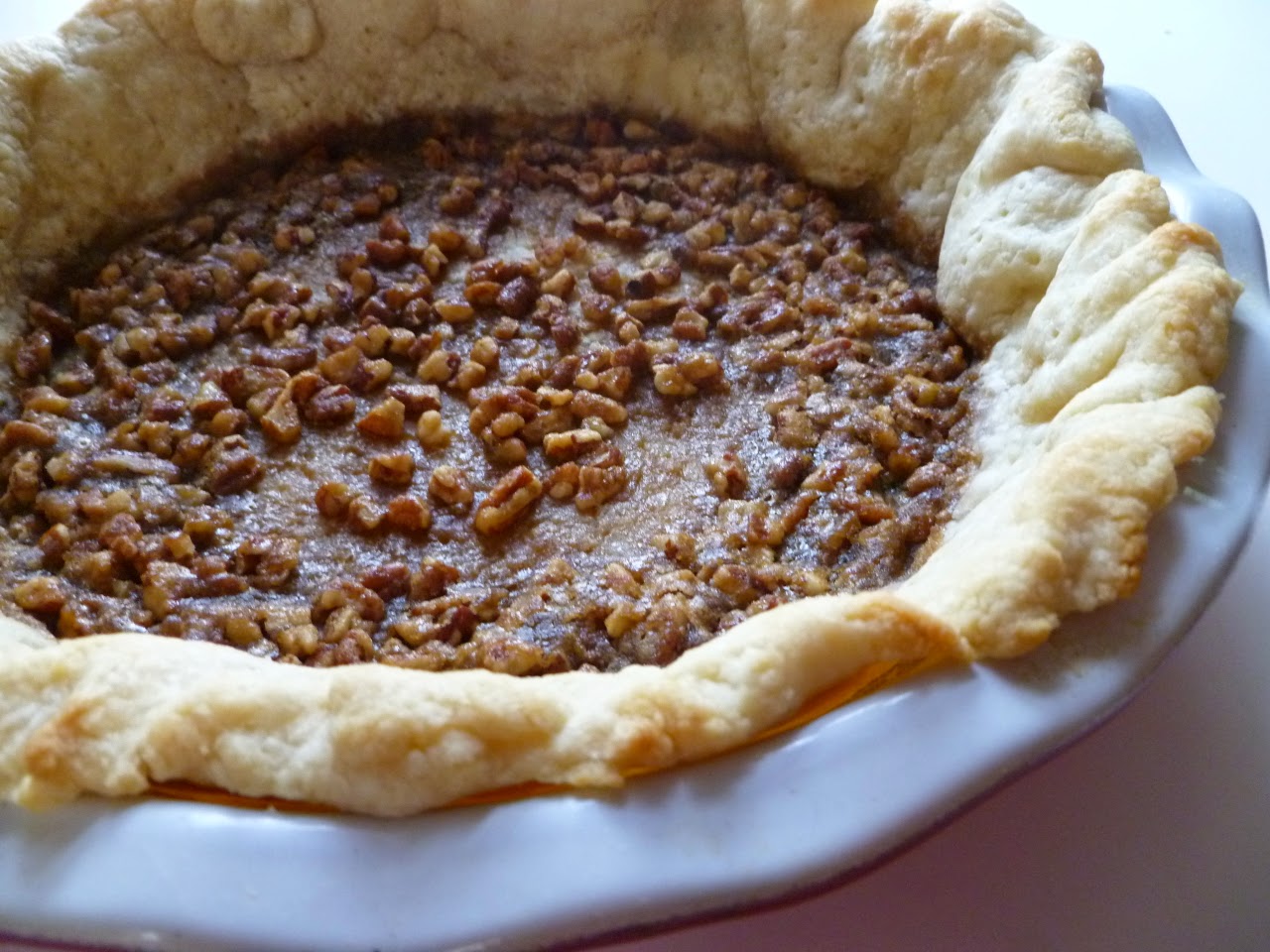Christmas brought a few unexpected delights this year, including discovering this decorated tree during a stroll through Hendrick's Park. Another treat was this New England Spider Cake that we had for a late Christmas breakfast (after fortifying ourselves earlier with stollen). I adapted this recipe, using corn flour, polenta, and soft white flour from our newest CSA installment from Lonesome Whistle Farm, and we ate it topped with poached quince. This cake is just the thing to slip in the oven, along with a tray of bacon, to bake while opening presents. The final dish is a kind of cornmeal spoon bread, and apparently gets is name from the spidery cracks emanating from the center of cream, which is itself an unexpected custardy treat.
New England Spider Cake
adapted from Jonathan Reynolds from NYT Cooking
1/2 cup corn flour (I used Lonesome Whistle Farm's corn flour)1/2 cup coarse corn meal (I used Lonesome Whistle Farm's polenta)
3/4 cup all-purpose flour (I used Lonesome Whistle Farm's soft white wheat)
1/2 cup sugar
½ teaspoon baking soda
½ teaspoon salt
2 cups buttermilk
2 eggs
2 tablespoons butter
1 cup heavy cream
1. Preheat the oven to 350 degrees and place a 12-inch cast iron skillet in the oven to warm. Combine corn flour, cornmeal, flour, sugar, baking soda and salt. Whisk eggs into the buttermilk. Stir into dry ingredients and set batter aside.
2. Remove the skillet from the oven and melt the butter in the hot skillet. Pour in the batter. Pour the cream into the center, slide the skillet into the oven and bake until golden brown on top, about 45 minutes. Slice into wedges and serve warm.















































